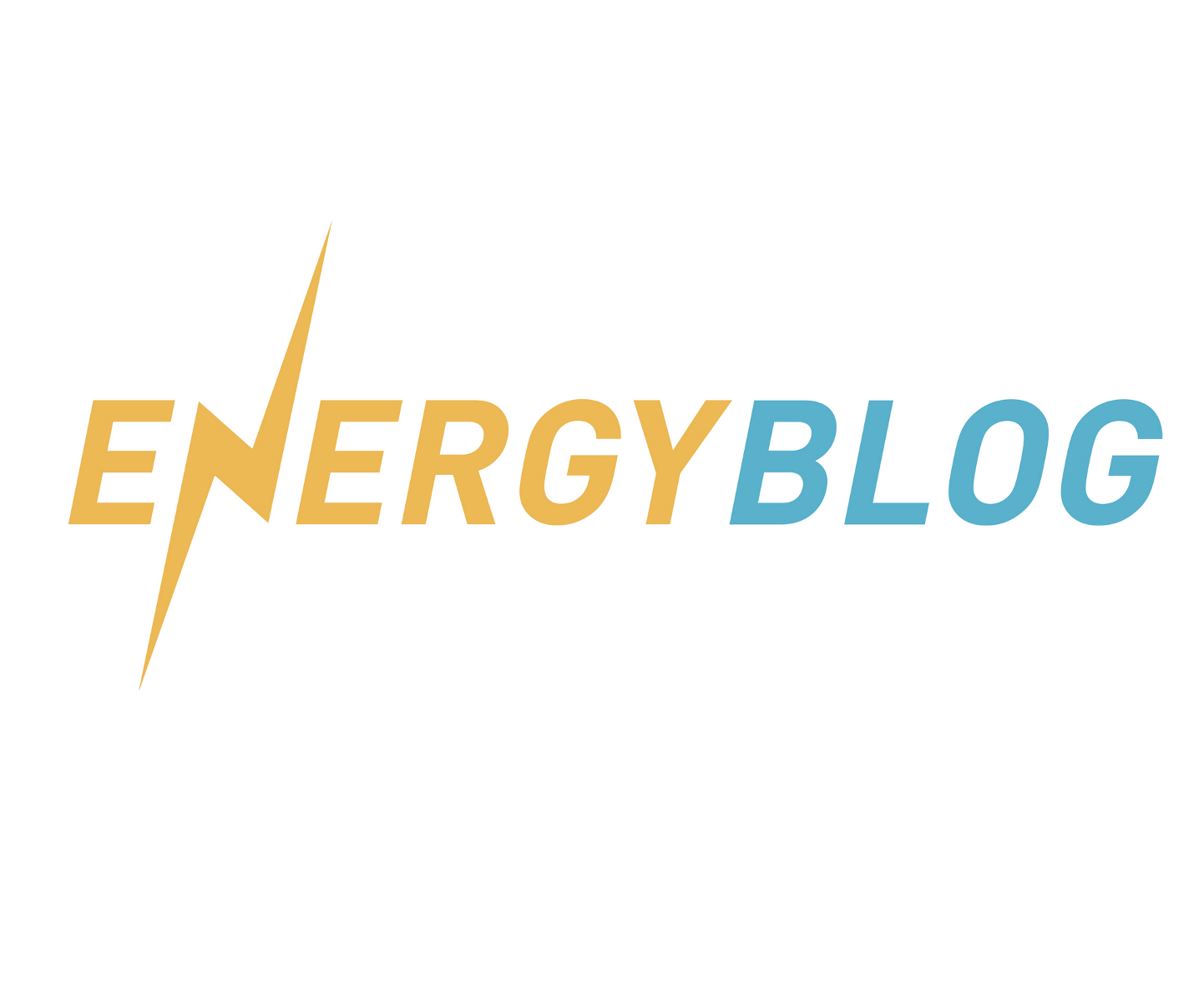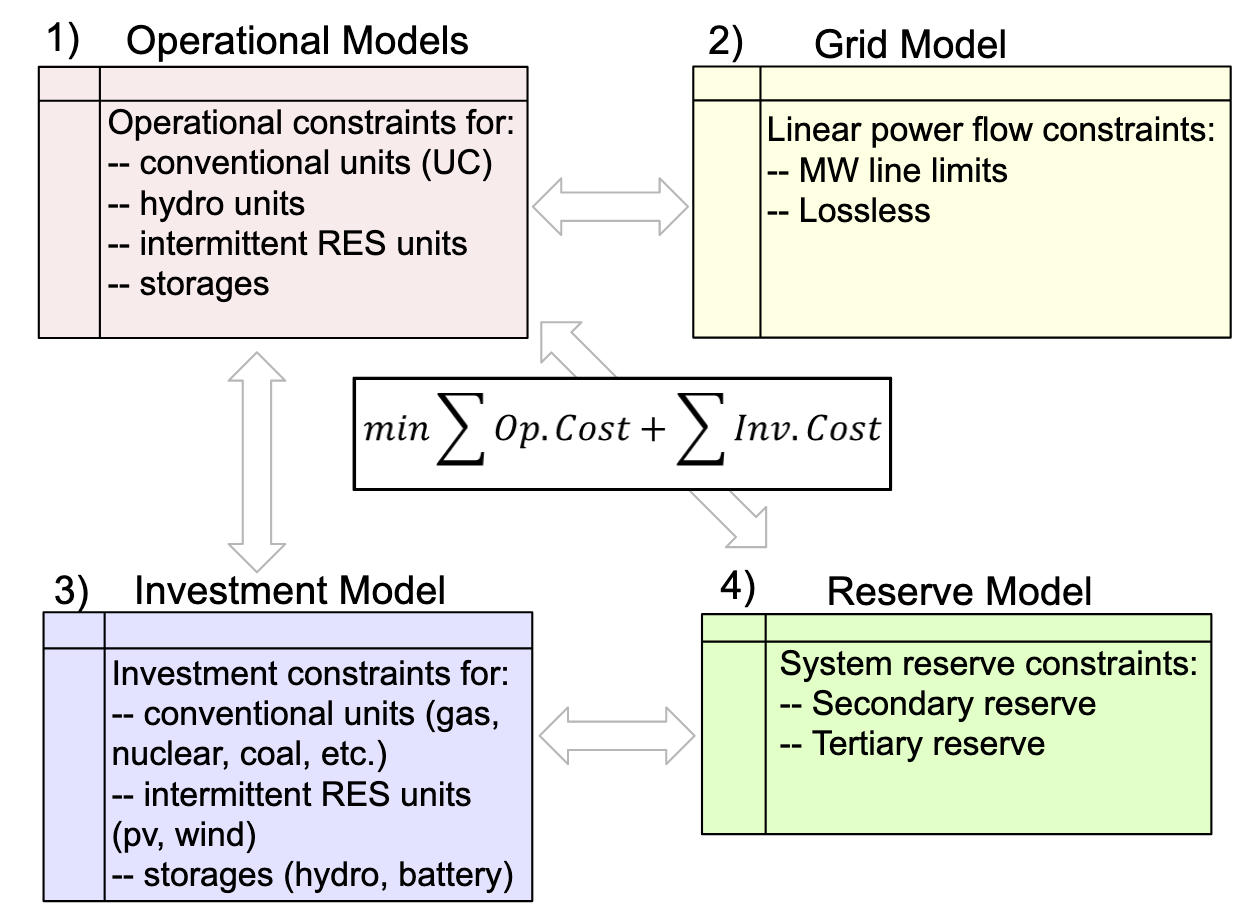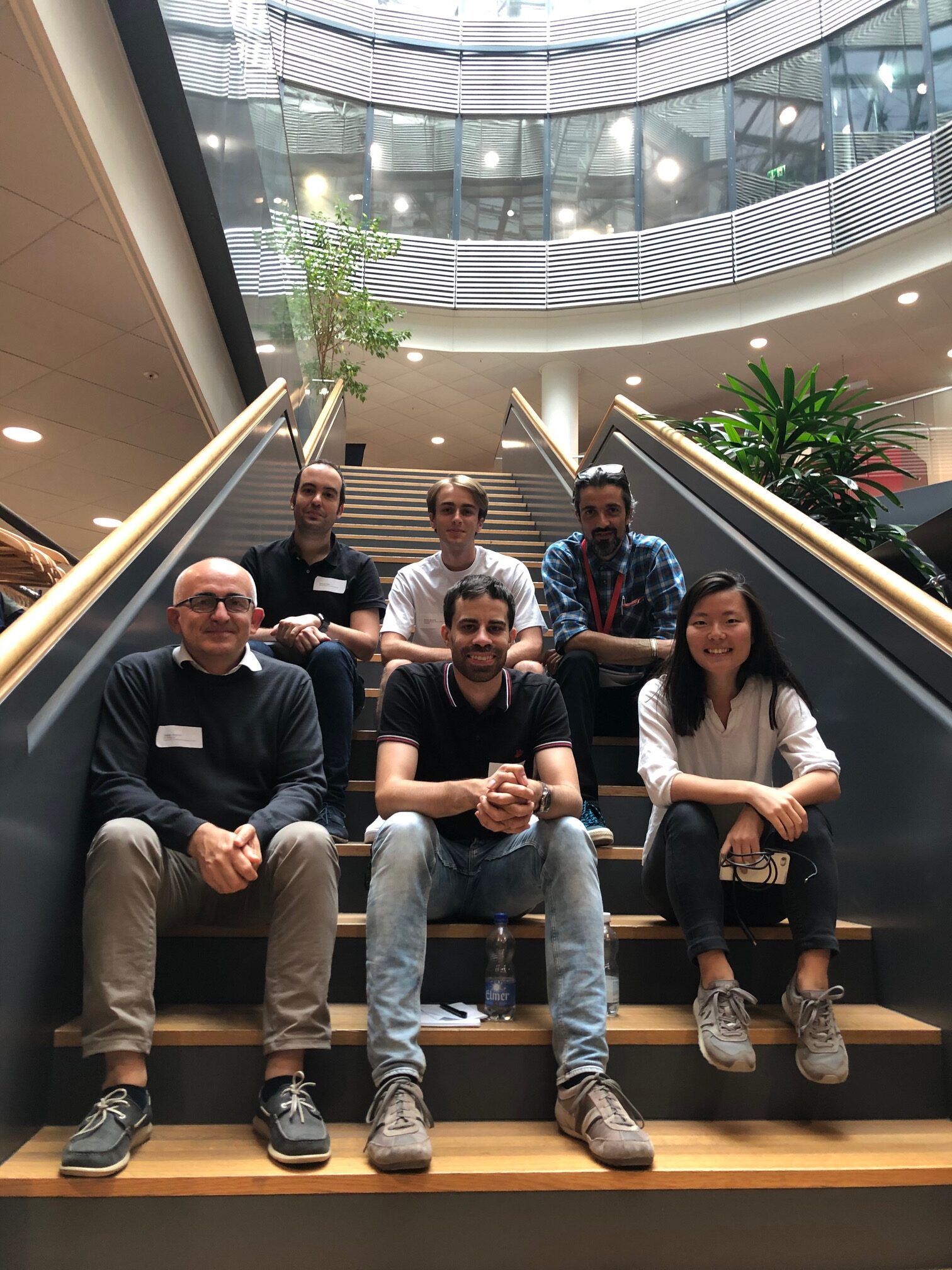News
The latest update of Nexus-e

Energy blog: Nexus-e and modeling for policymakers
December 14, 2020
Computational models can provide technical analysis to objectively evaluate the impact of energy policies. But why are they rarely used in public policymaking? Unclear quality of the input, non-transparent methodology, lack of validation, neglecting behavioural irrationality, and oversimplification are some of the barriers. Nexus-e makes a first step to tackle these challenges.

Presentation of the Centralized Investments Module (CentIv) at the MEDPOWER 2020 conference
November 16, 2020
Congratulations to Elena Raycheva for having successfully presented the methodology and results of the CentIv module at the MEDPOWER 2020 conference!

Nexus-e annual strategy meeting: fruitful achievements in the past and clear roadmap for the future
September 25, 2020
The Nexus-e team successfully held its annual strategy meeting to conclude the past fruitful year and to draw a roadmap for the future. In a hybrid format with members joining online and in-person, the team aligned on the vision and identified tasks for the coming months and years.

Nexus-e featured in the ETH Industry eWeek 2020
September 24, 2020
Nexus-e was presented online in the virtual exhibition of the ETH Industry eWeek 2020. It was also demonstrated as a video case study under the topic “energy and construction”. During the event, Prof. Gabriela Hug answered questions regarding the case study and the Nexus-e platform.

Pranjal Jain joins Nexus-e as new MSc Student
September 1, 2020
Pranjal is currently a MSc student in Energy Science and Technology at ETH Zurich. She will conduct her Master’s thesis on the diffusion of solar PV and battery storage in Switzerland under different energy system scenarios.

Successful participation in Energy Data Hackdays 2020
September 1, 2020
Last weekend, the Energy Science Center participated in the Energy Data Hackdays 2020 in Brugg. The Hackdays provided an excellent opportunity to challenge an interdisciplinary team into rethinking ways of visualising existing energy data. In a rapid and creative process and under the guidance of ESC team members, a team of four successfully tackled the posed challenge and presented a well-functioning prototype after only 30 hours.

